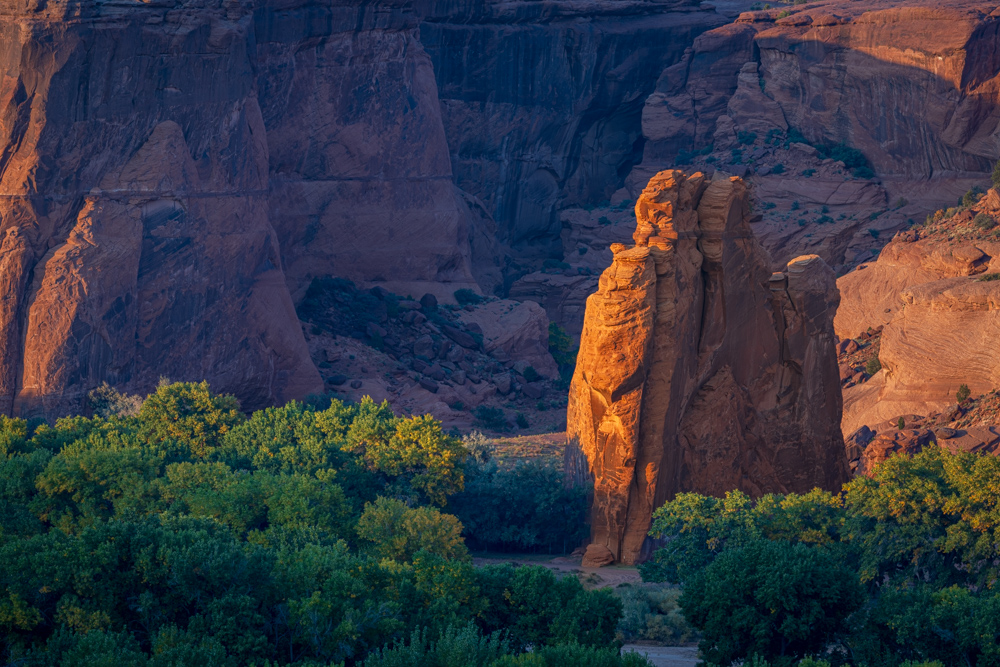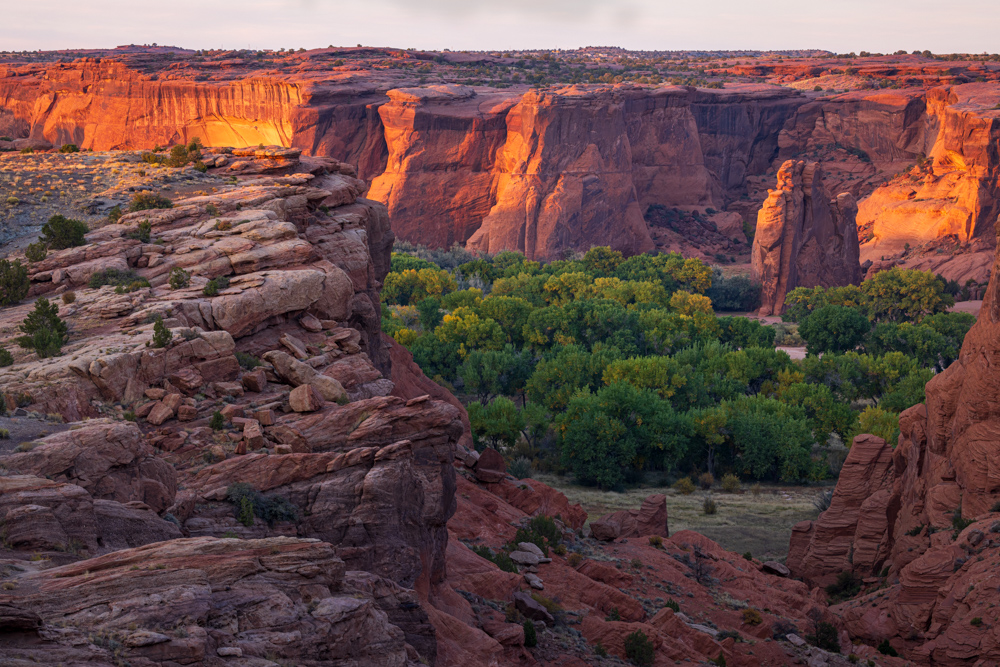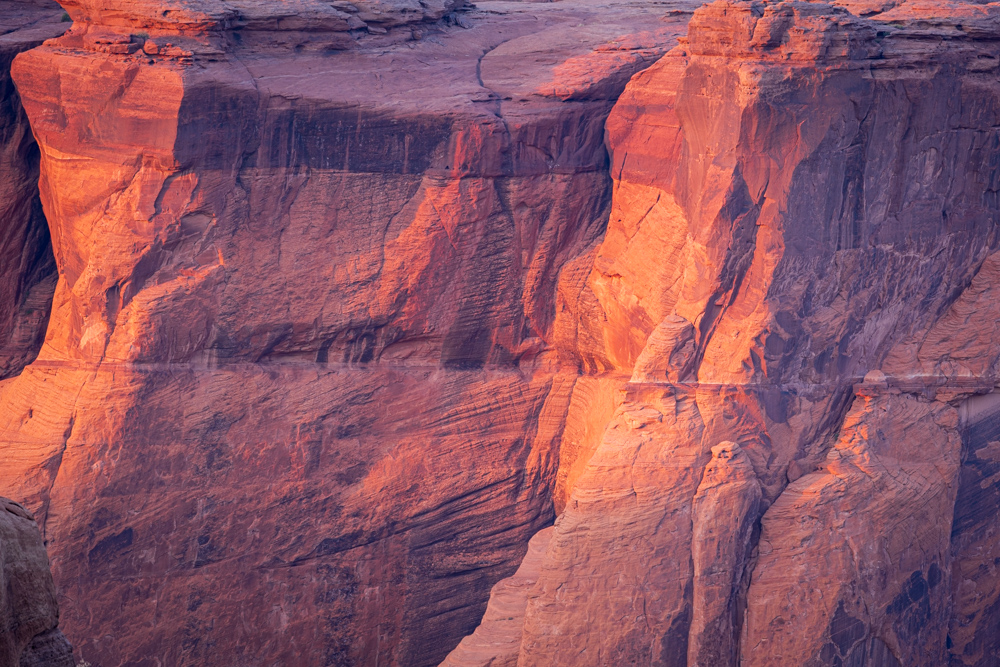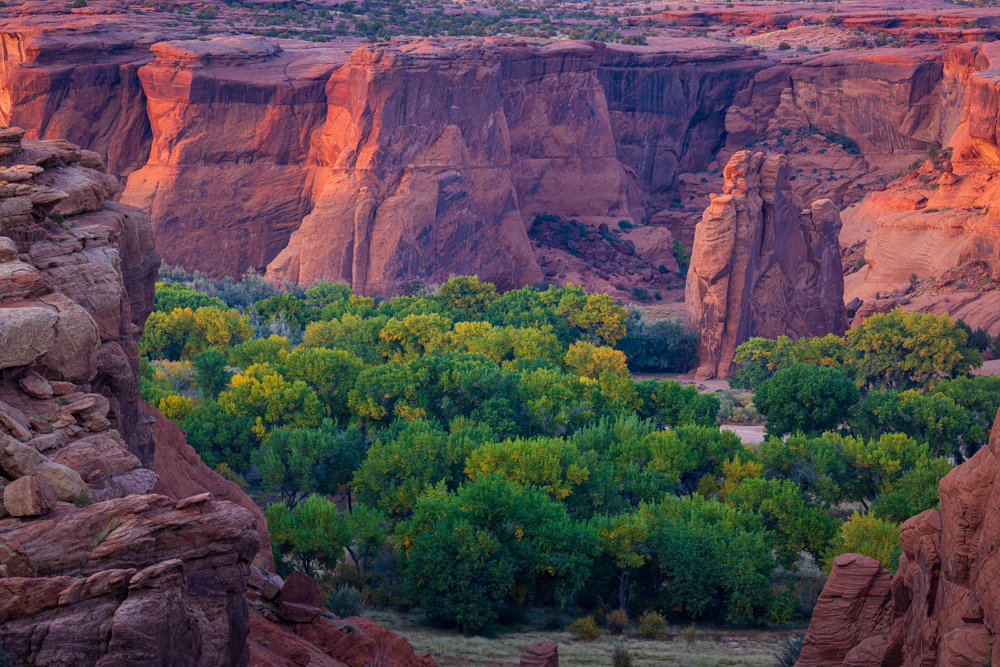Tuesday, 17 October 2023 -
Up early to meet our Navajo guides for a ride in the Chinle Creek bed traveling
up Canyon del Muerto which branches off Canyon de Chelly to the north. We would
drive up Tsaile Creek for most the day.
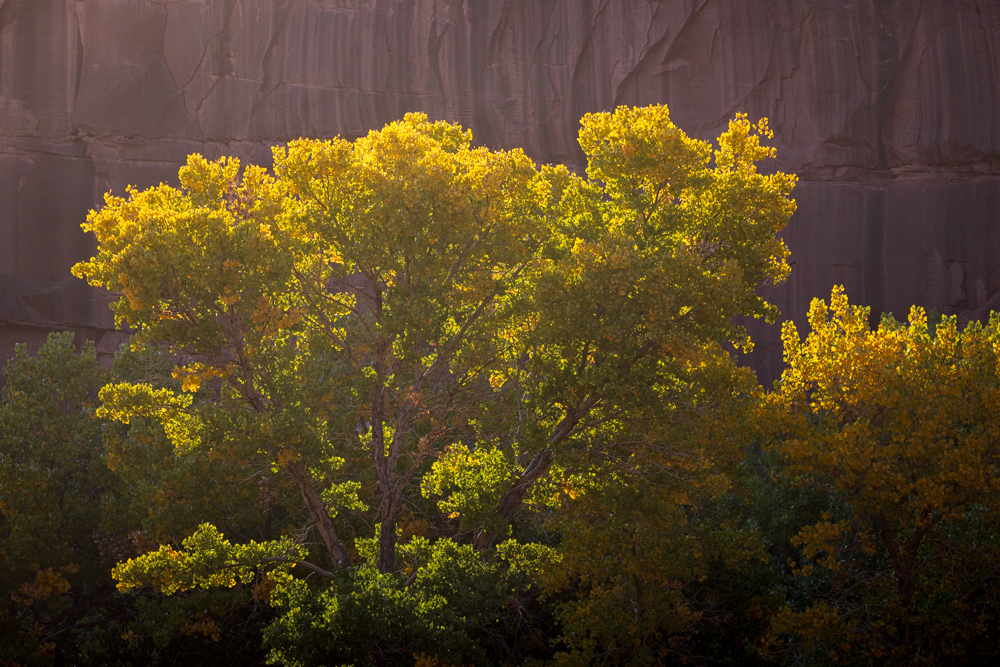
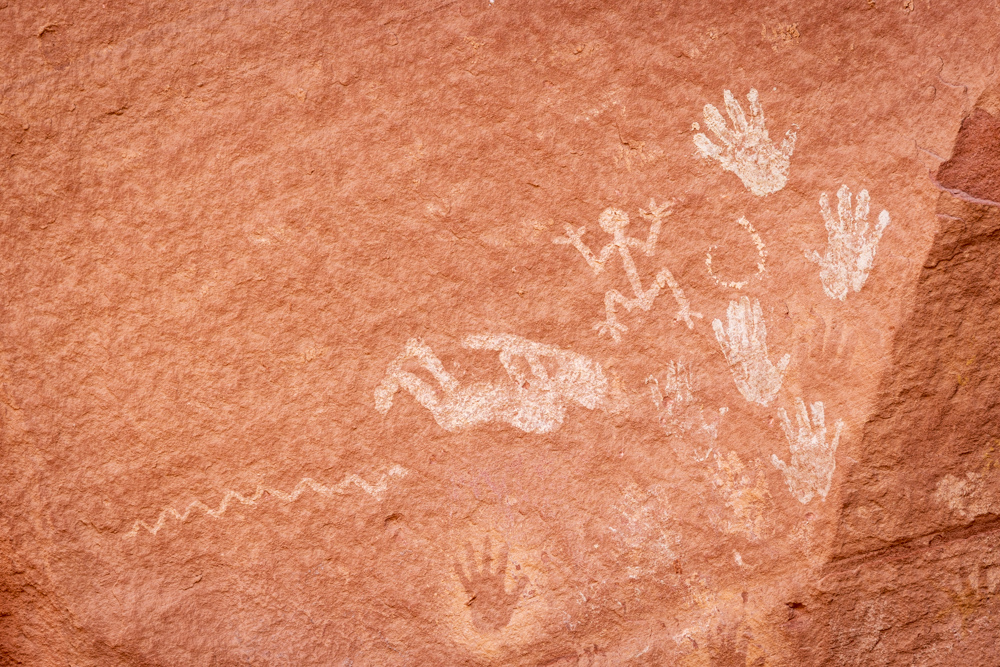
In this petroglyph you can see Kokopelli on his back playing the flute.
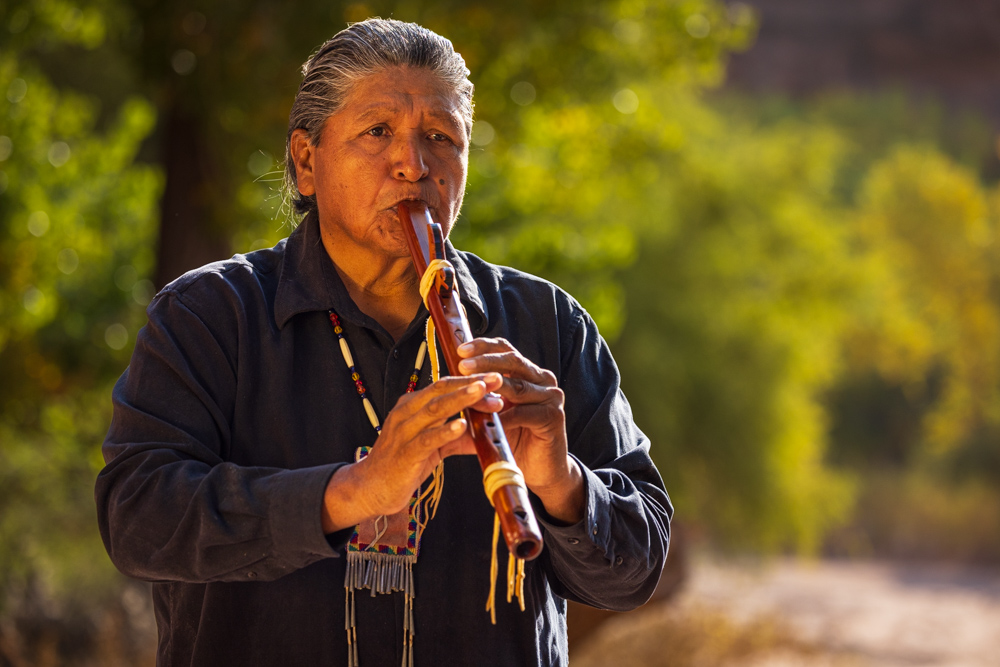
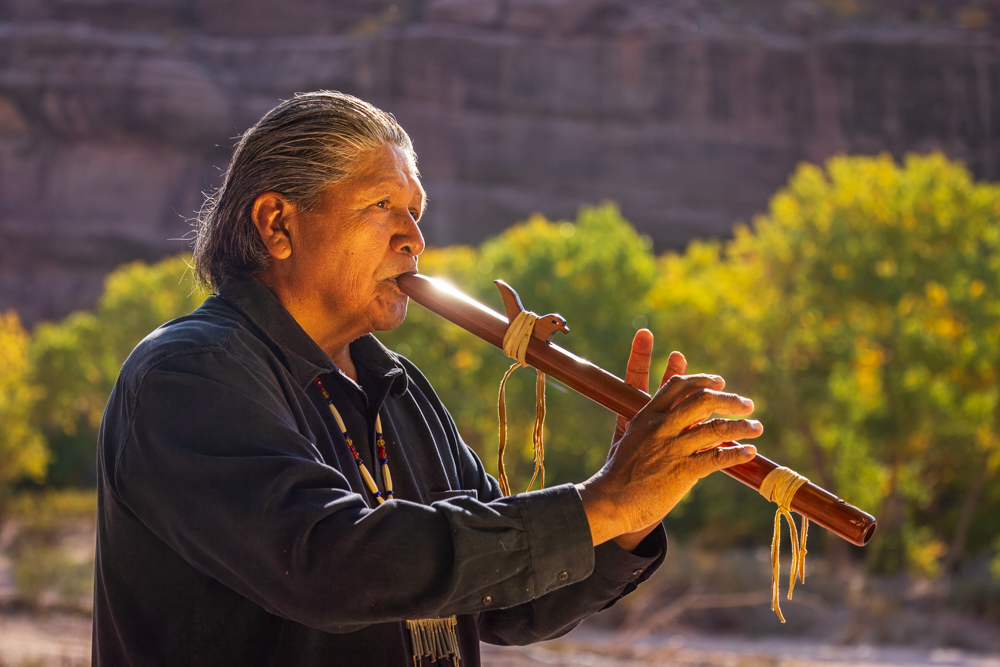
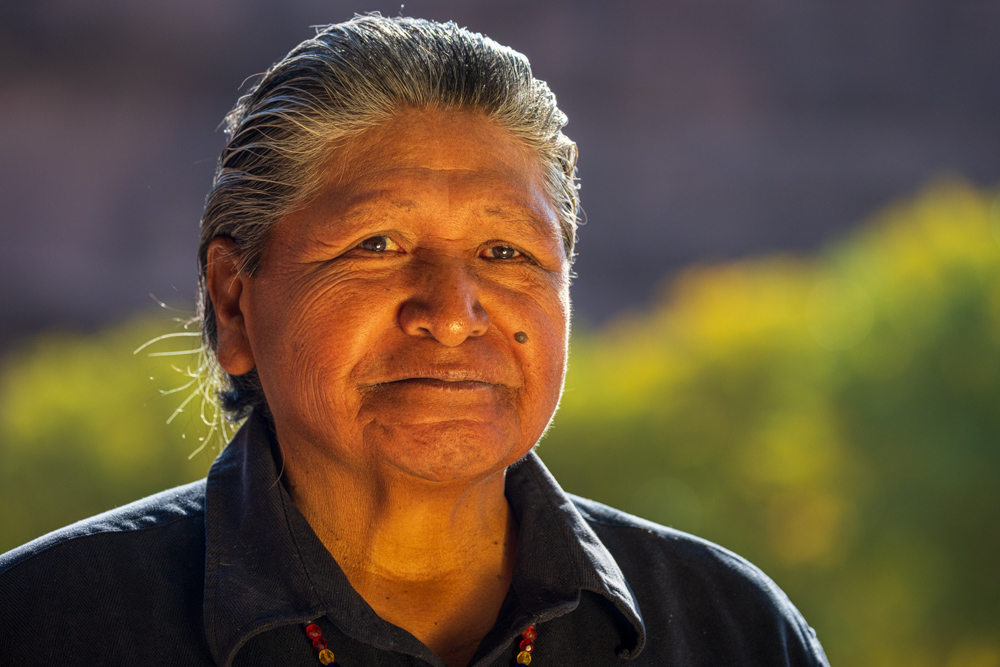
Travis Terry playing the flute.
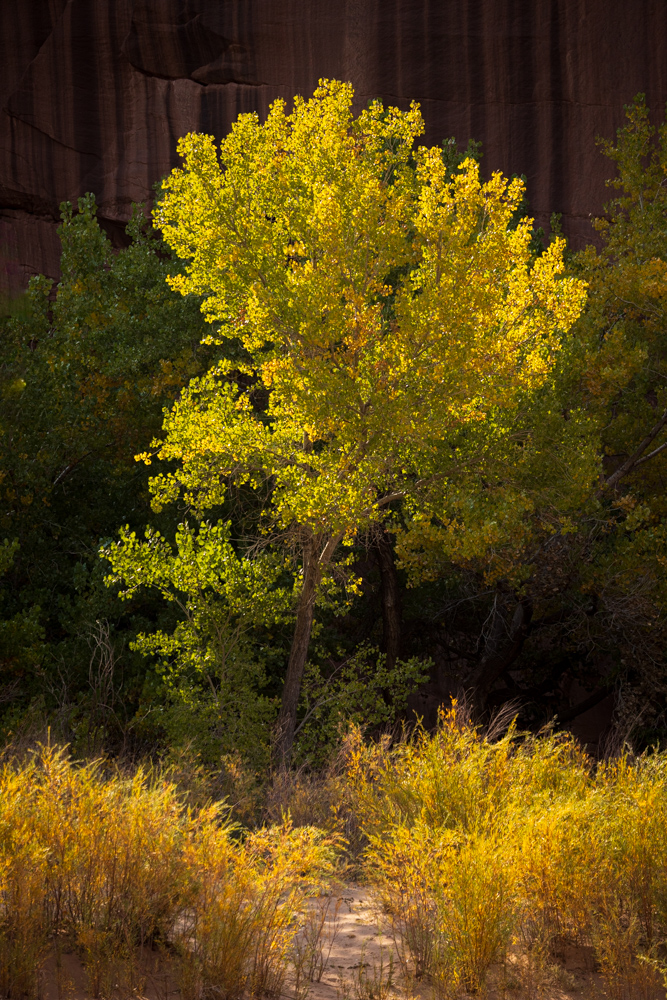
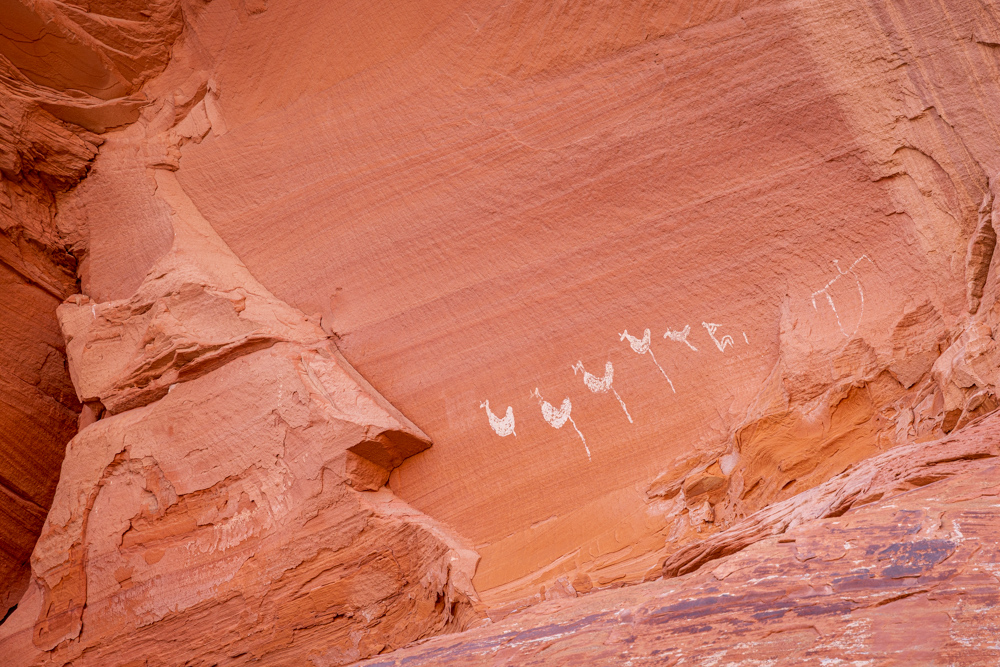
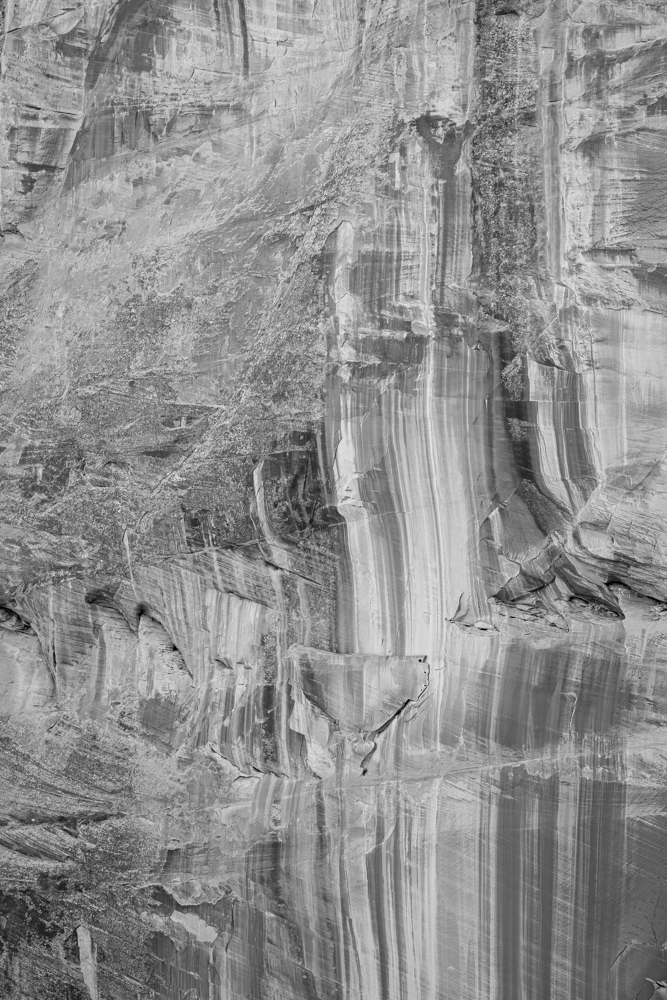
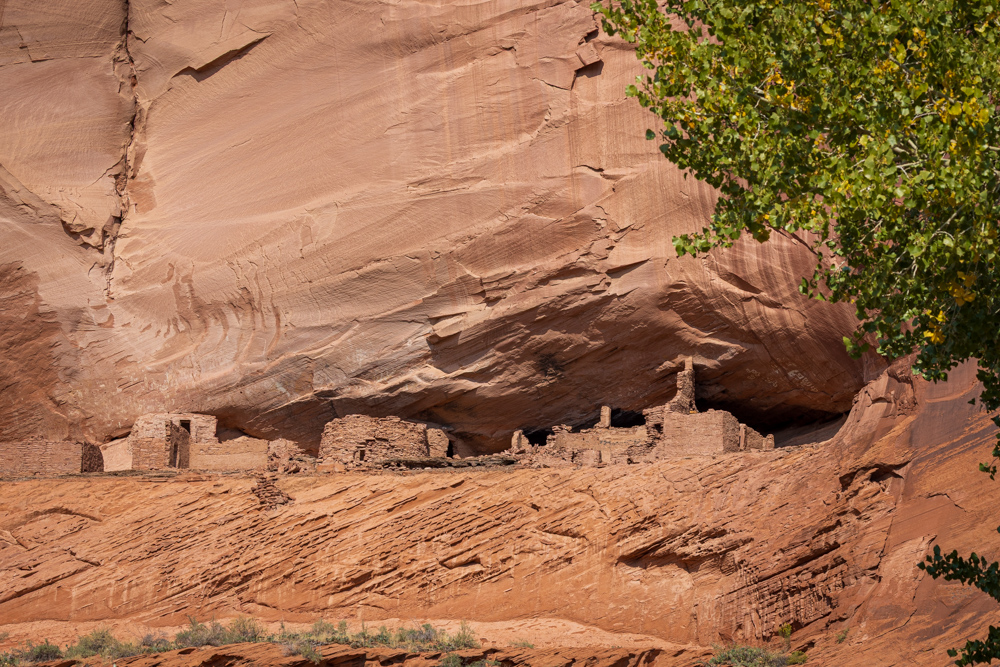
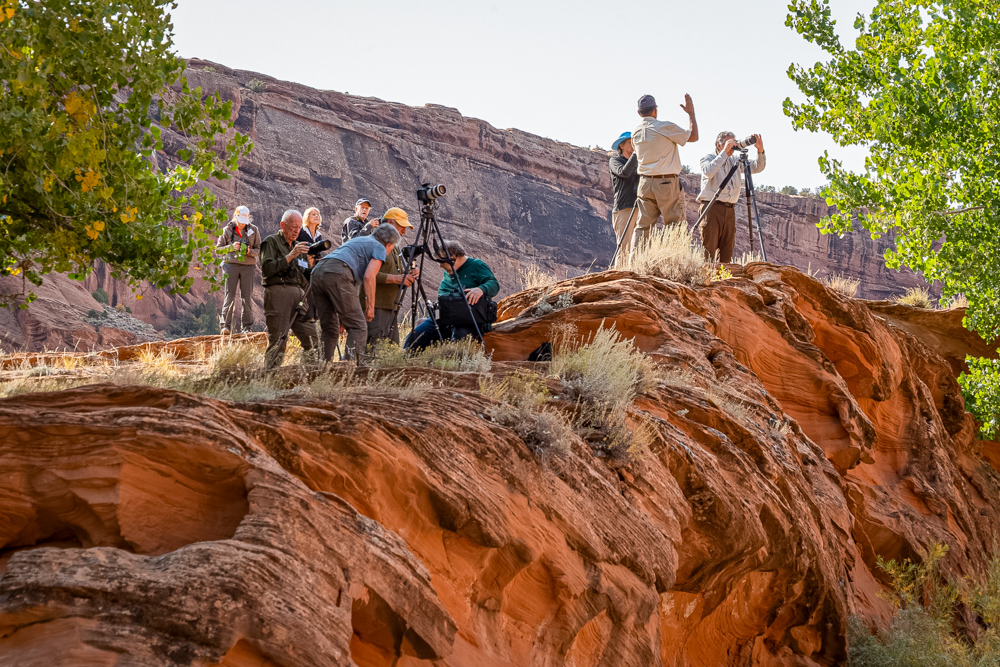
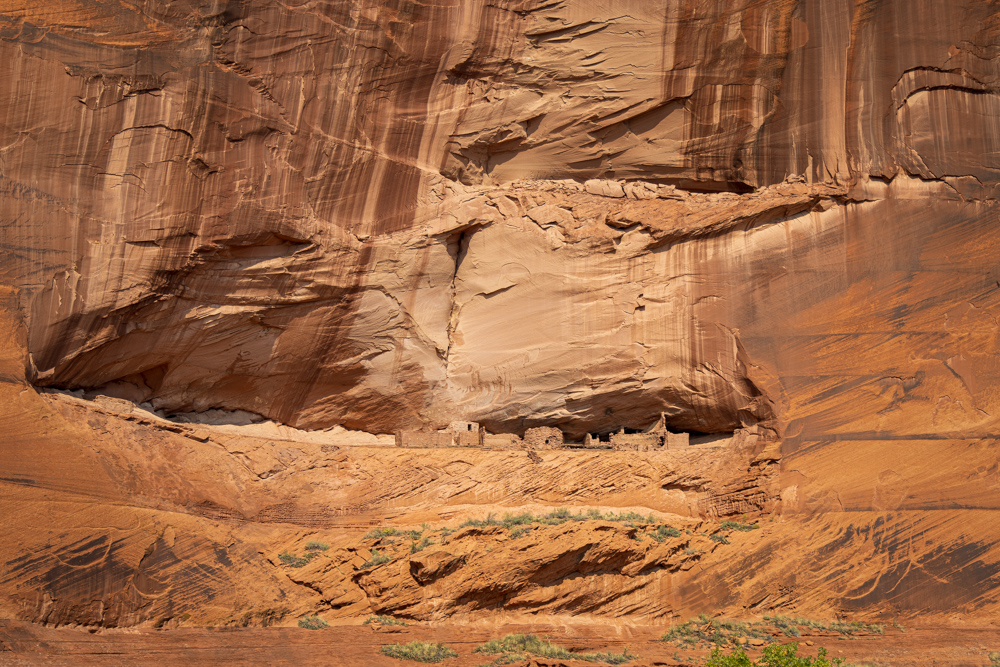
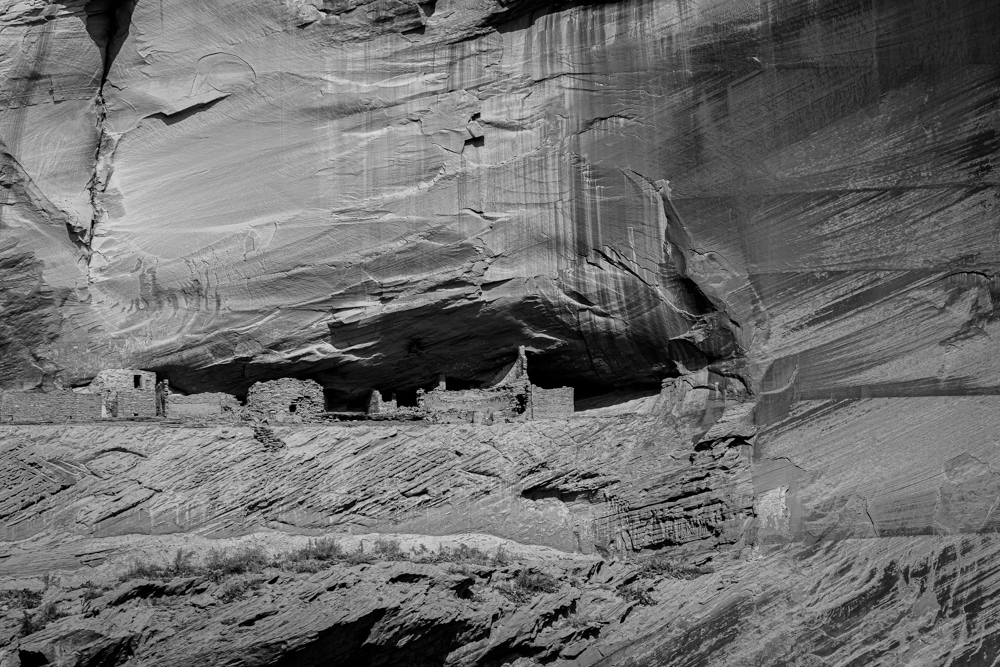
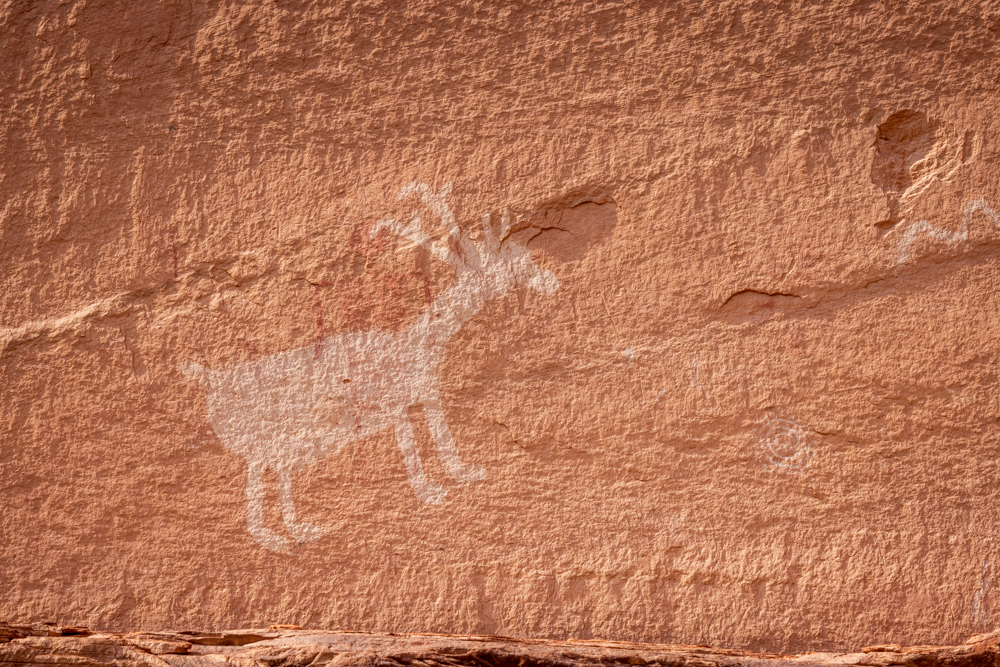
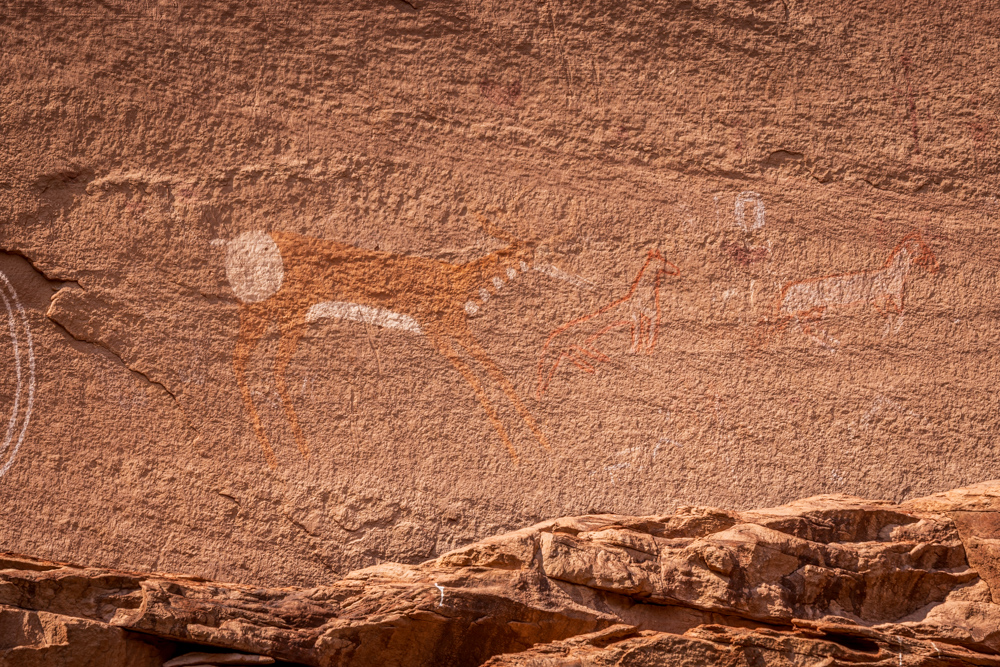
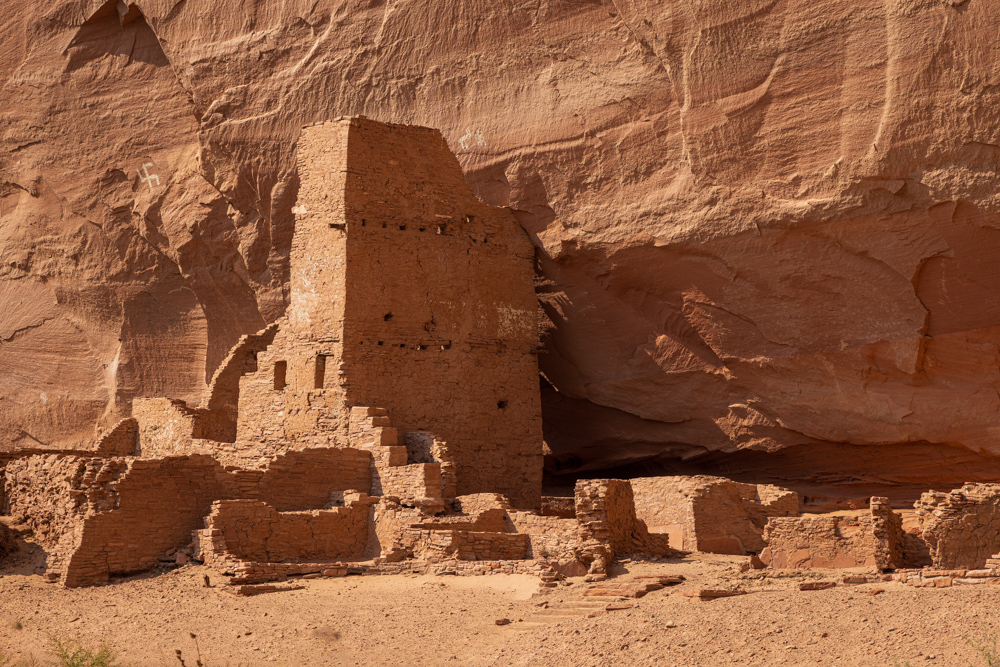
Antelope House was formally excavated in the early 1970's, by archaeologists working with the National Park Service. Each new culture that occupied this site built atop the remains of their predecessors, so as researchers dug into the stratified foundations, they found the pit houses of the Basket Makers at the bottom, and layers of increasingly sophisticated cultural remains, from the Ancestral Pueblo to the Pueblo people, the Hopi, and the Navajo, each of these groups contributing to the timeline of an area that is exceptionally rich in history.
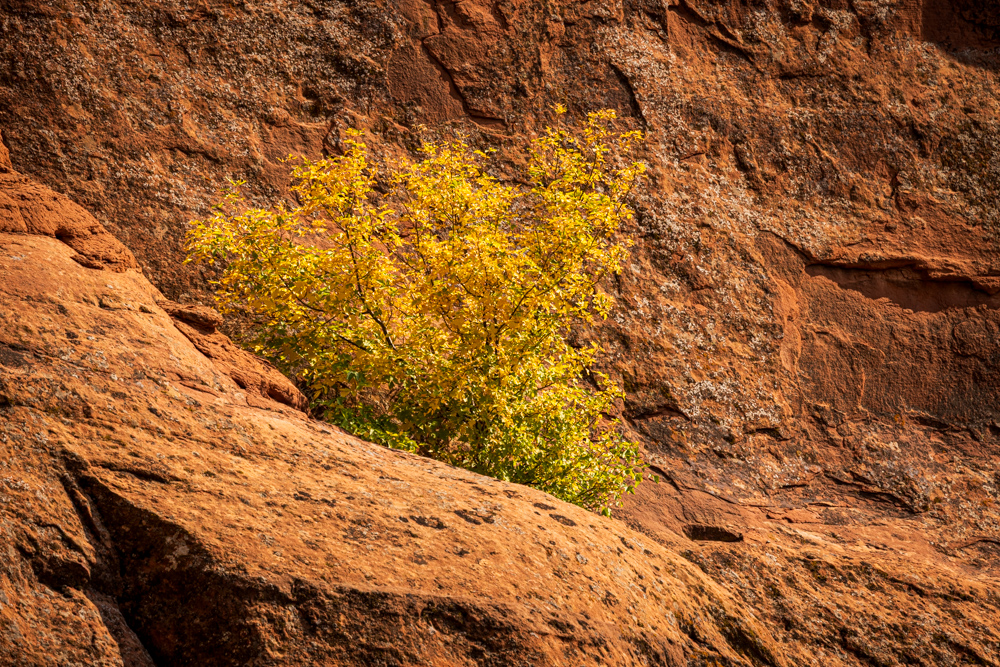
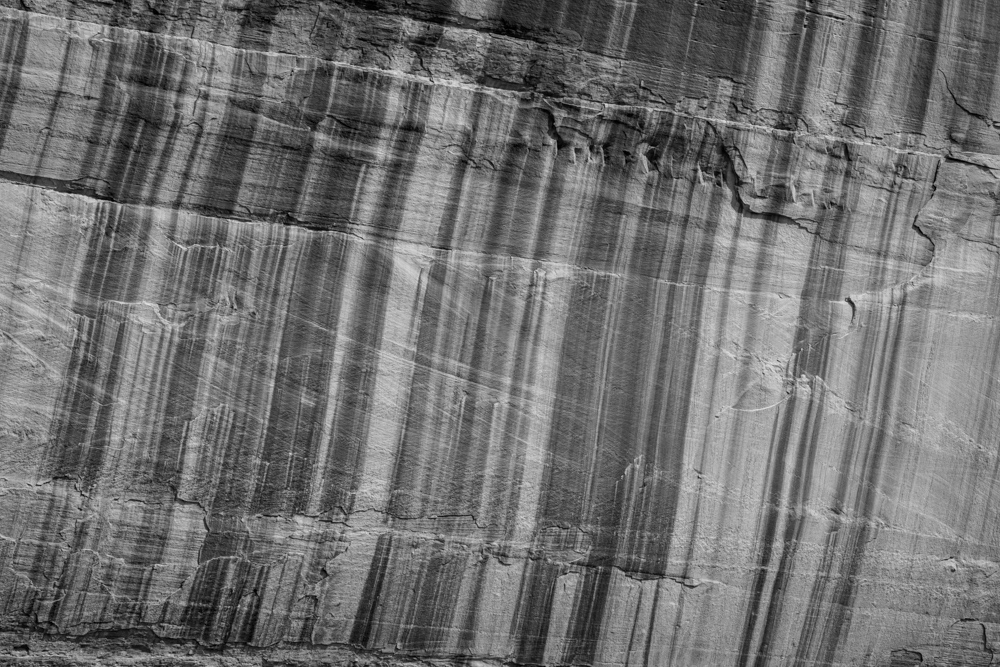
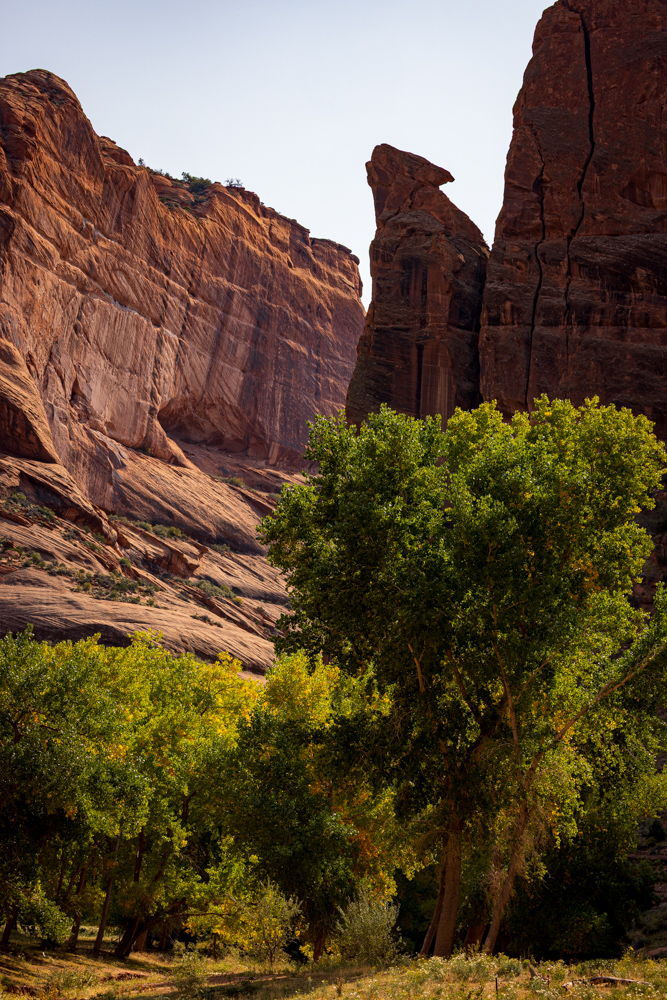
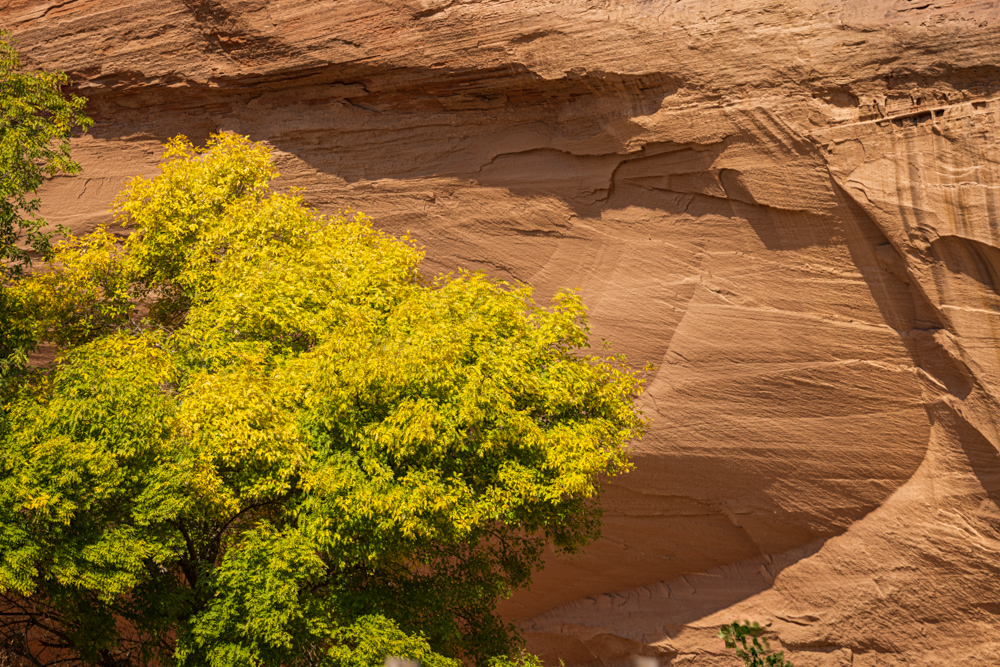
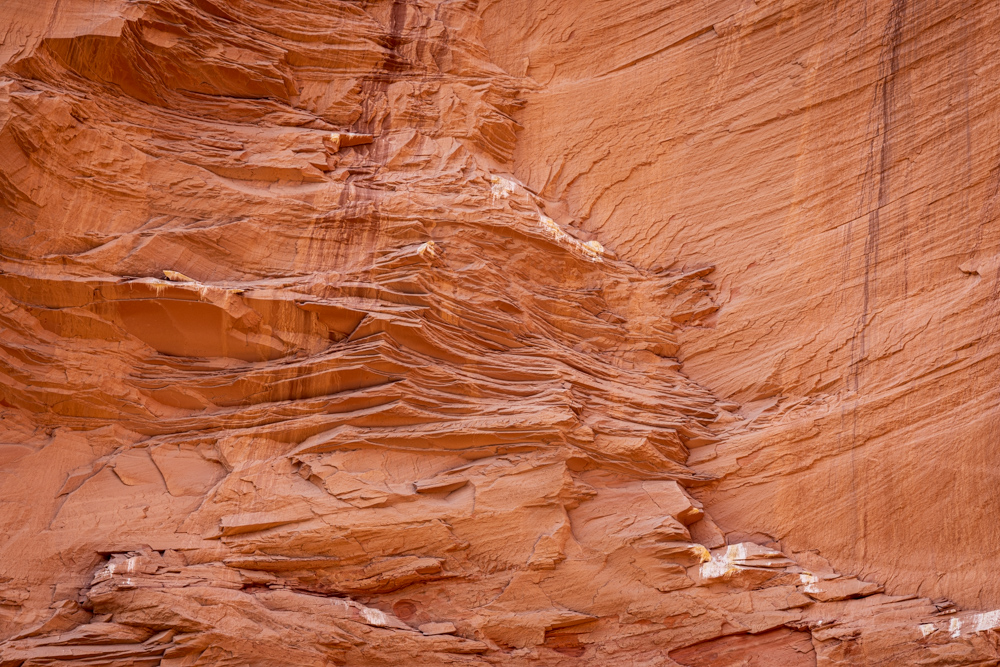
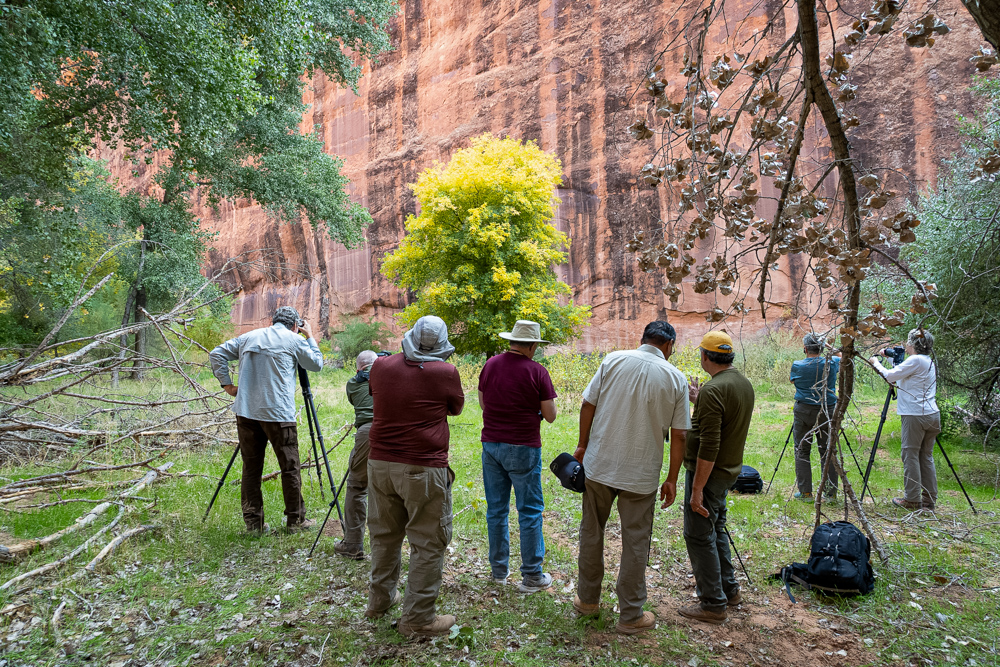
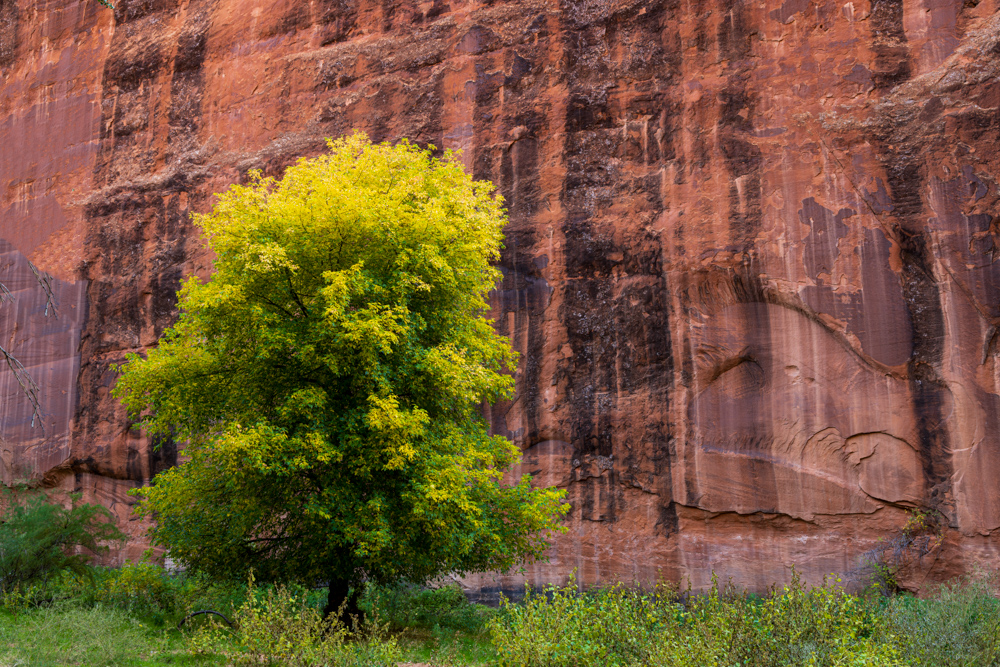
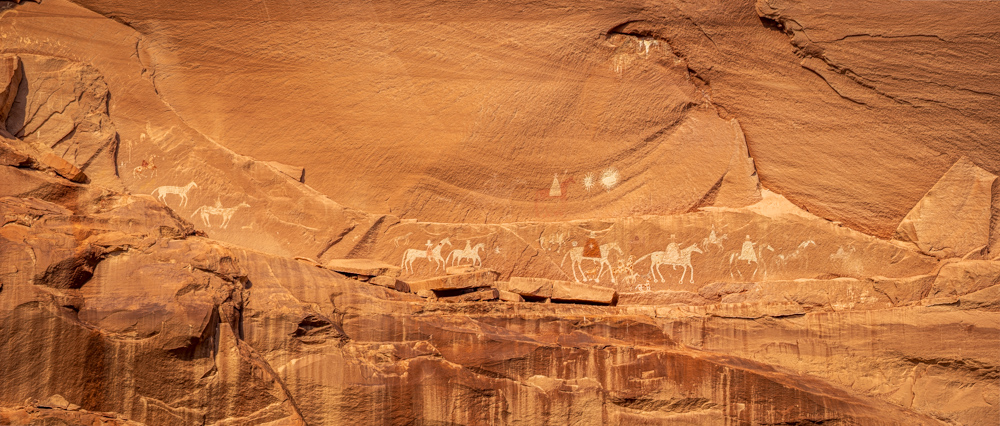
The pictograph represents a historical event that took place in 1805, when a group of Spanish soldiers led by Lieutenant Antonio Narbona entered Canyon de Chelly on a punitive expedition, in response to Navajo raids on Spanish settlements.
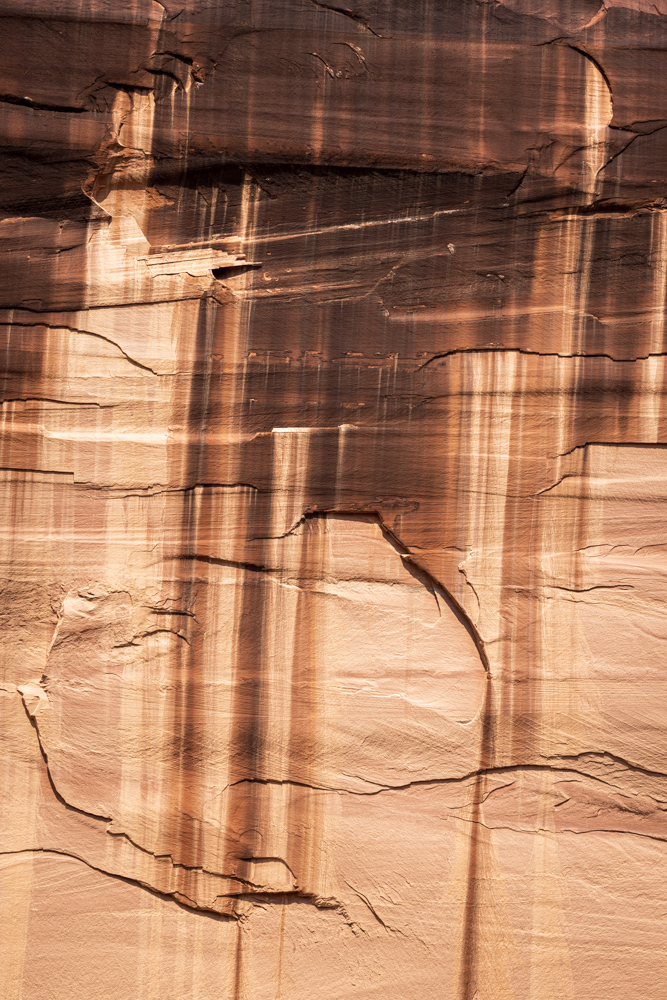
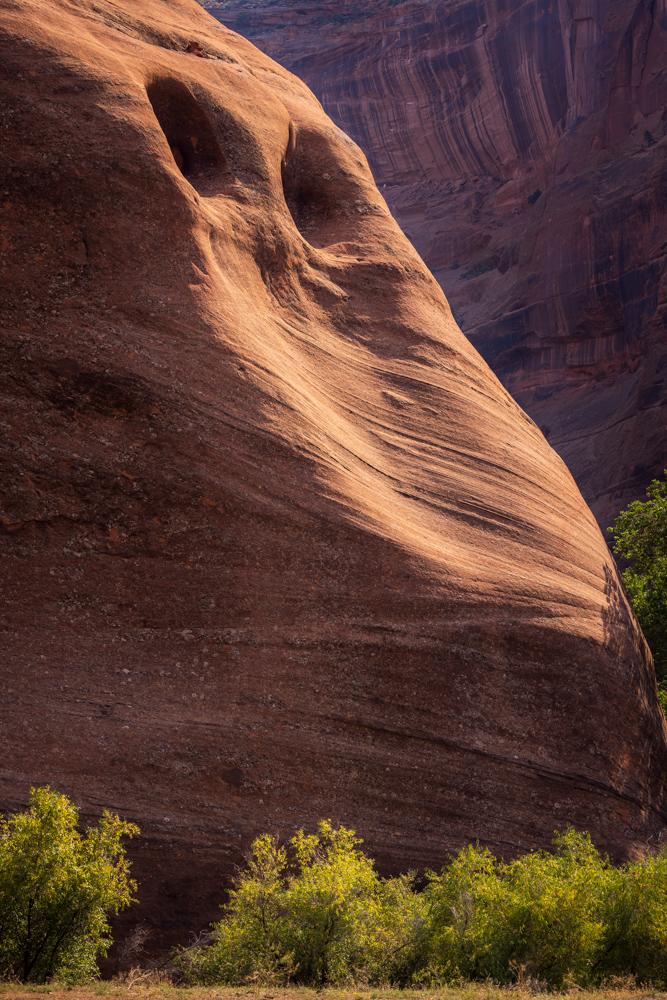
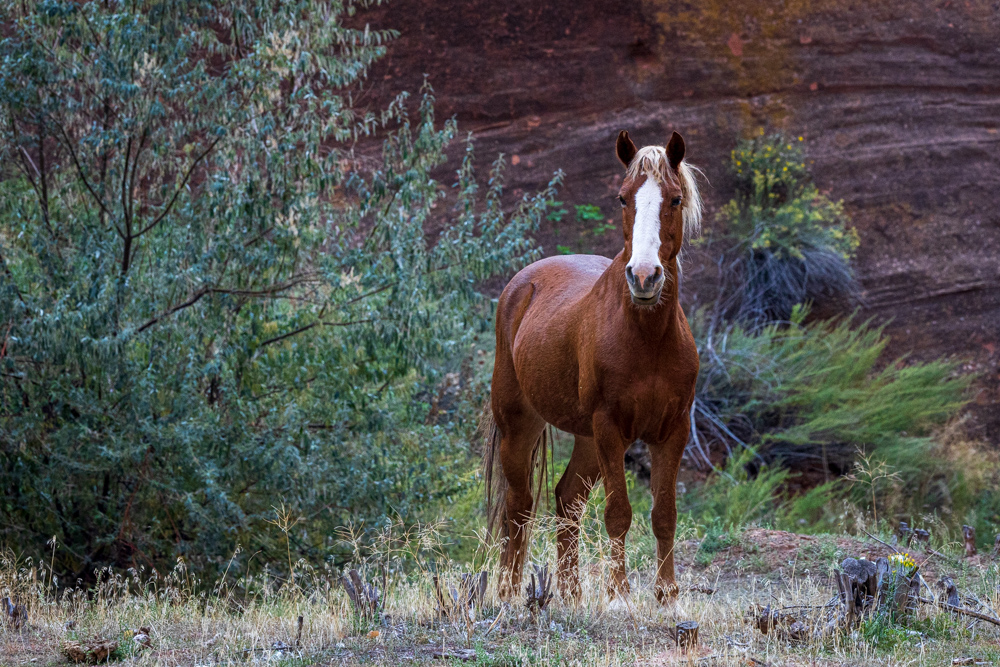
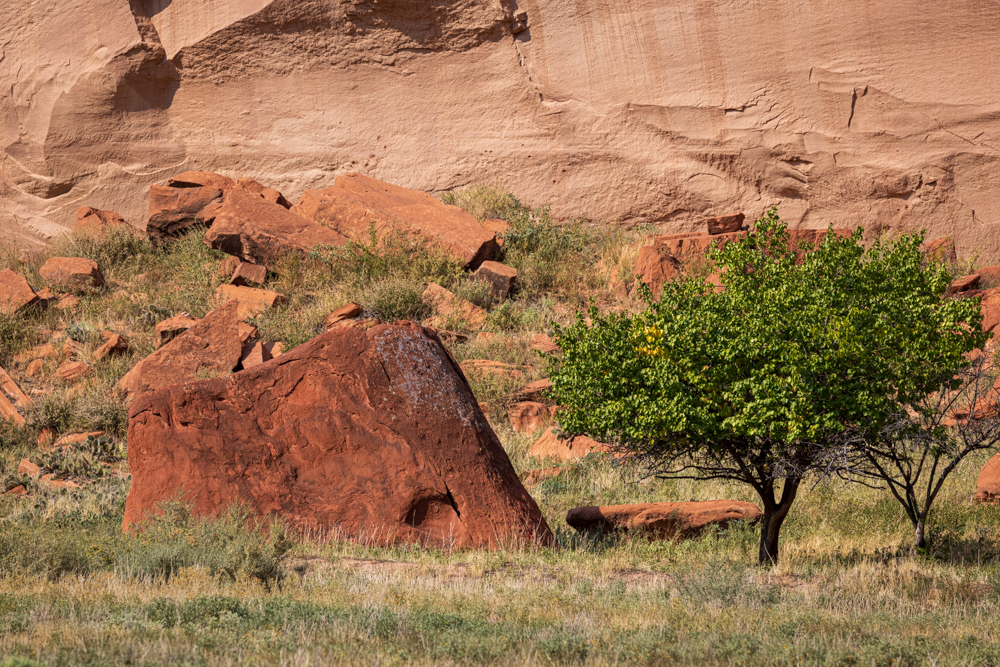
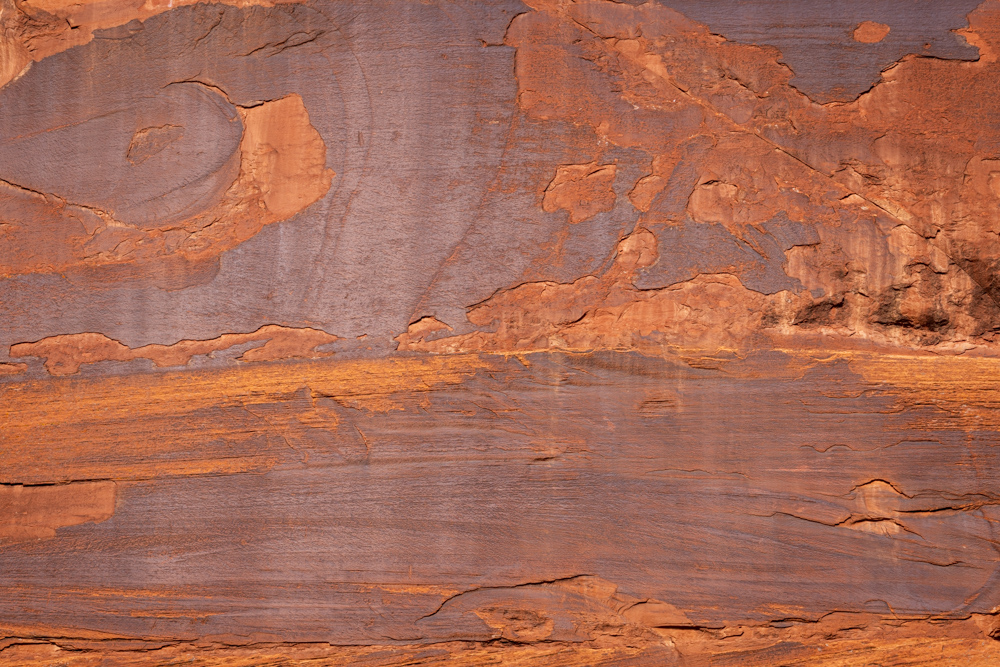
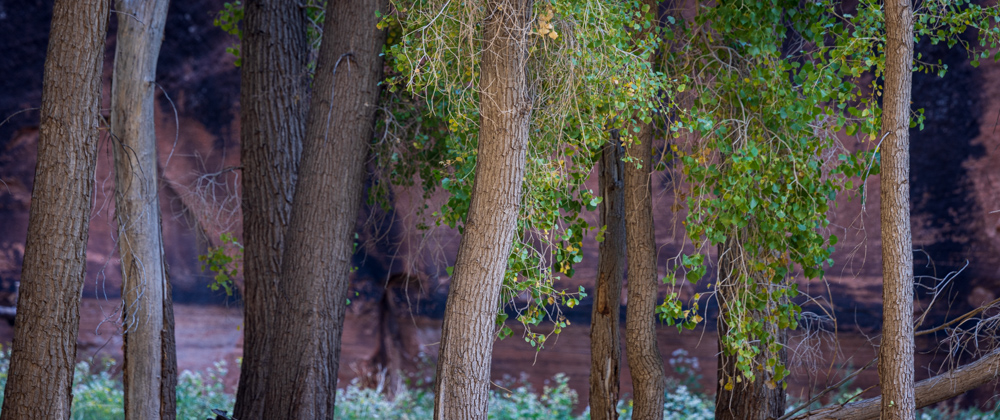
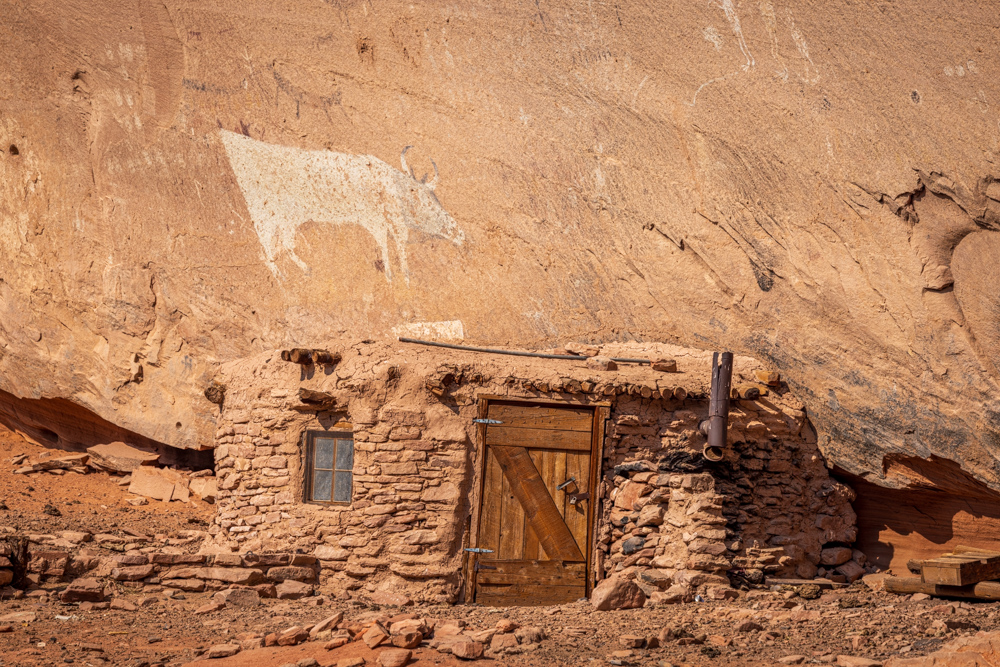
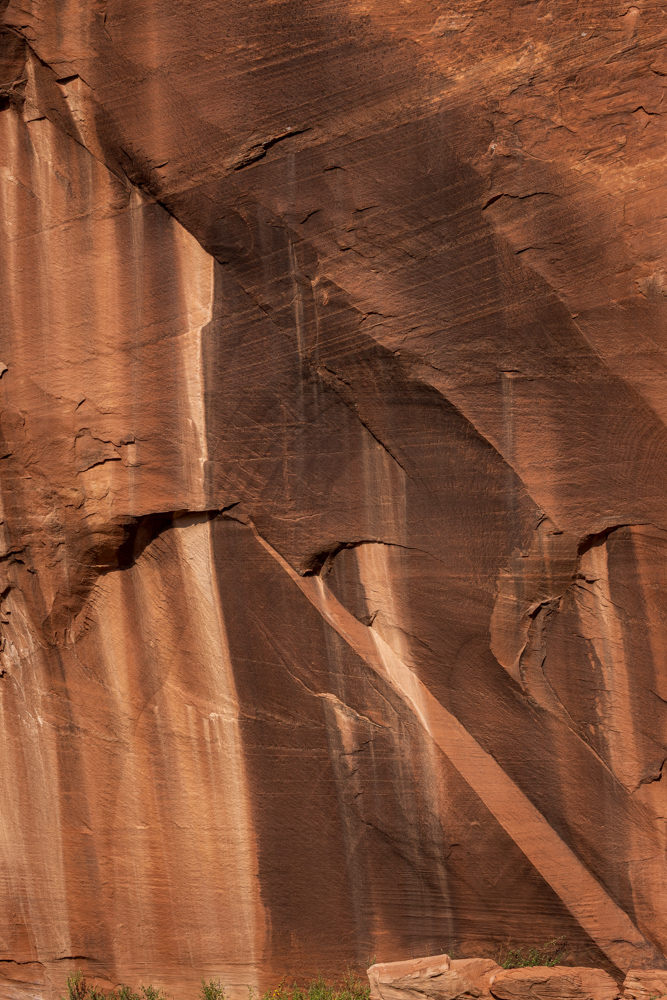
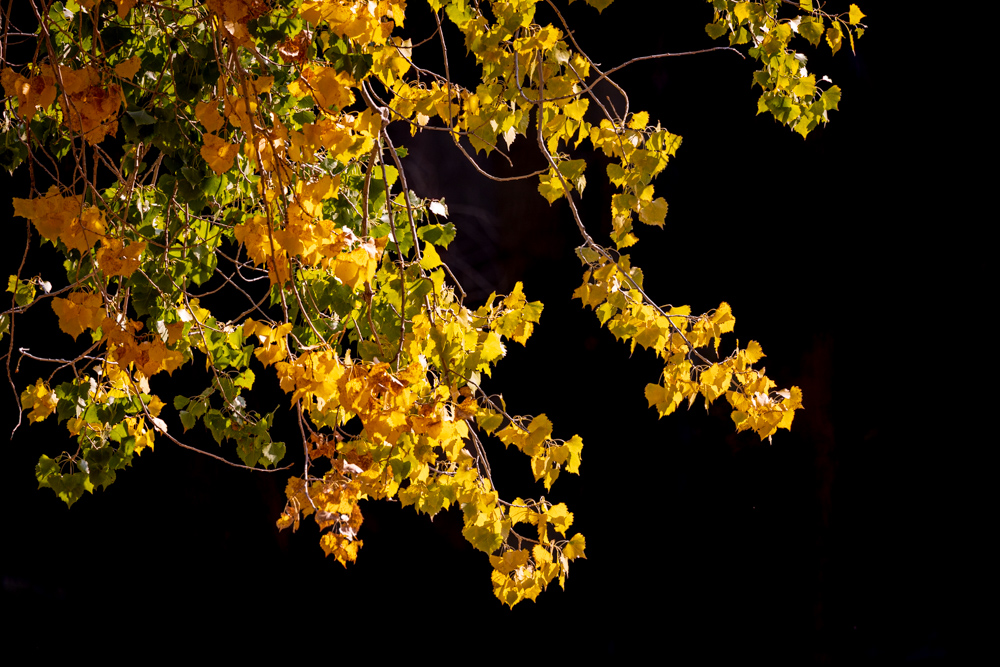
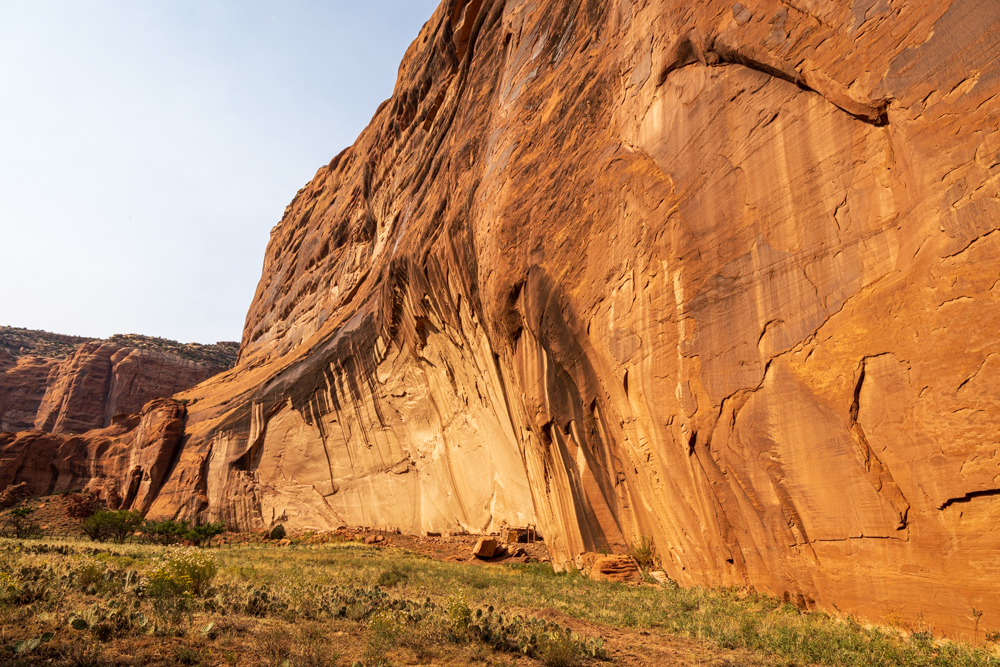
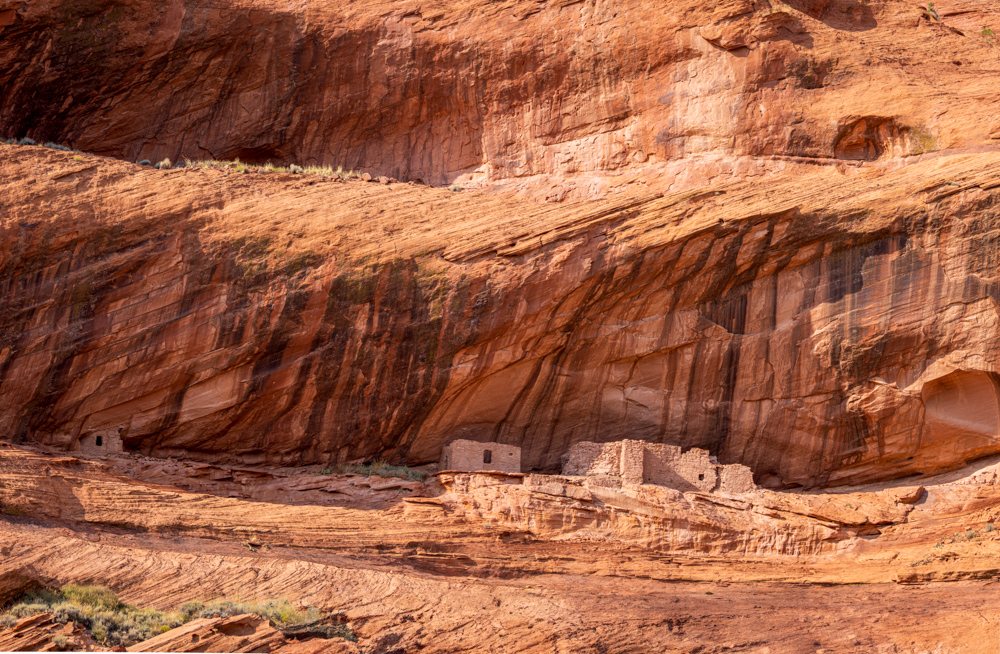
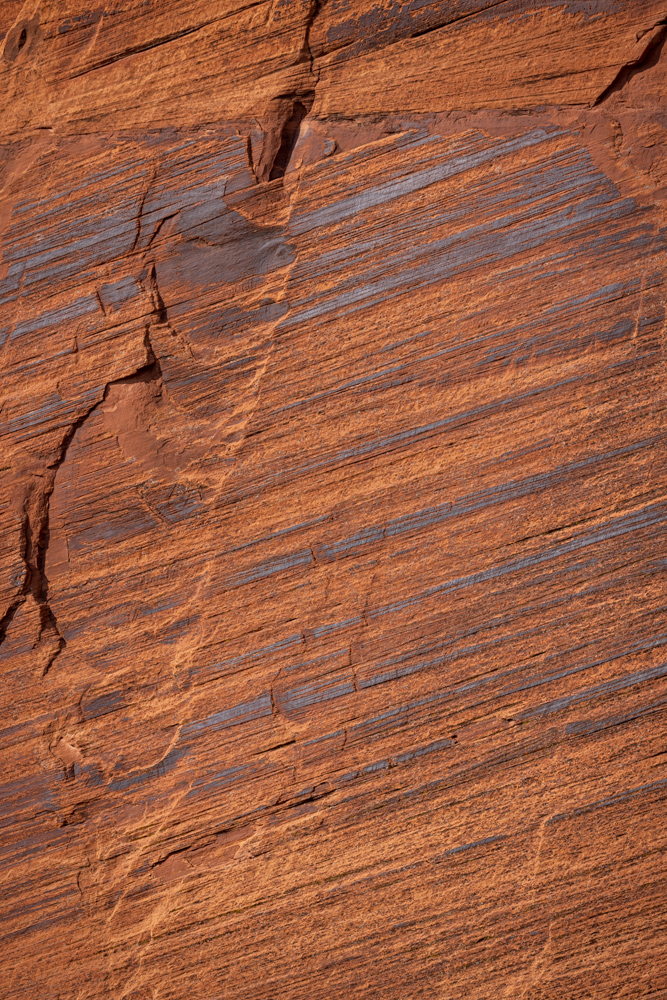
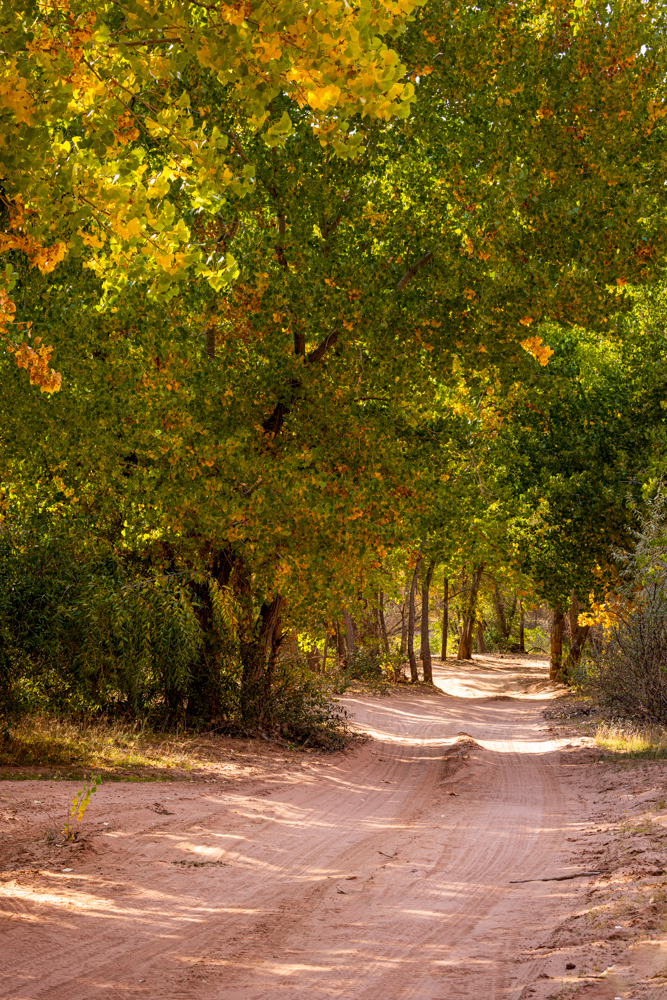
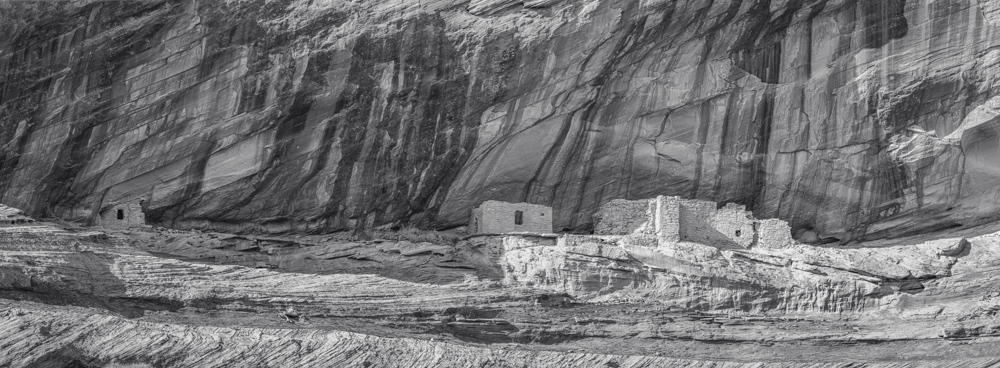
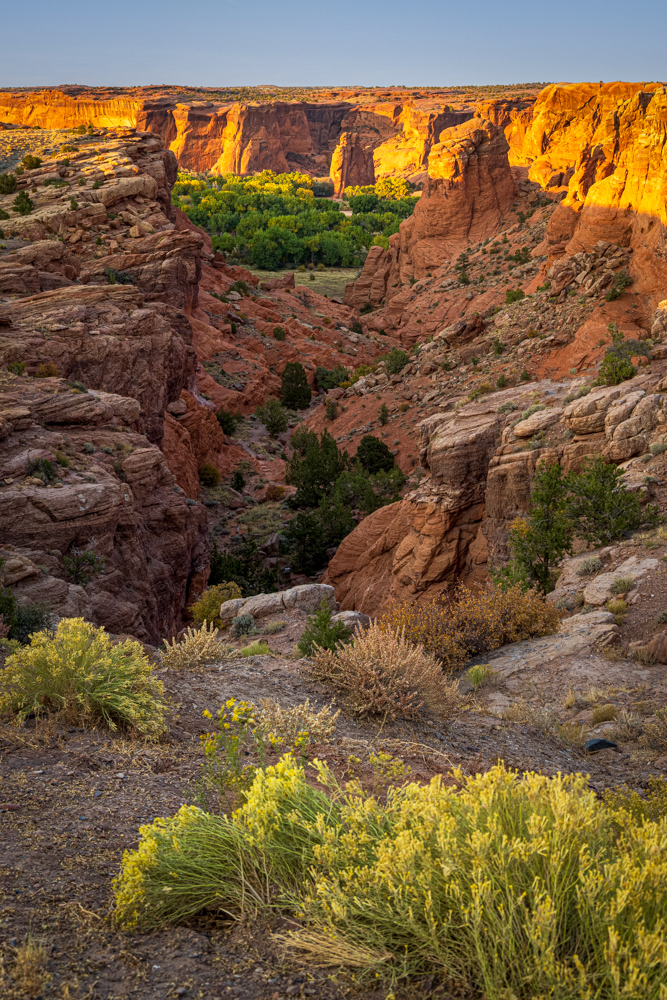
Tunnel canyon quickly goes from the overlook into the canyon but not a cliff drop. Therefore, it is possible to hike to the canyon floor from the overlook (if you ar Navajo or guided by a Navajo).
